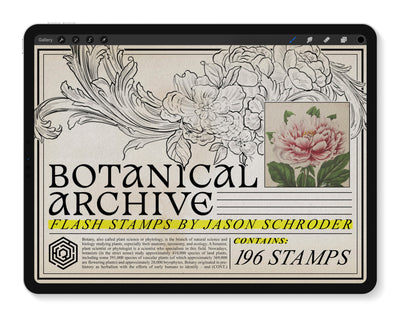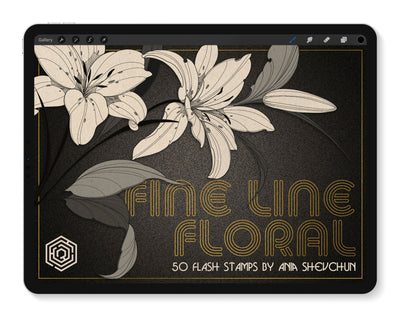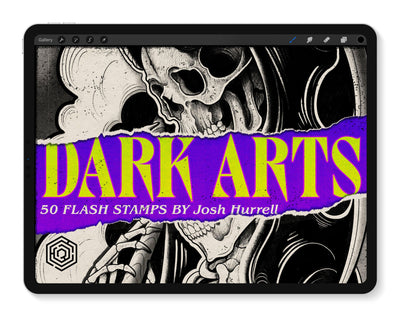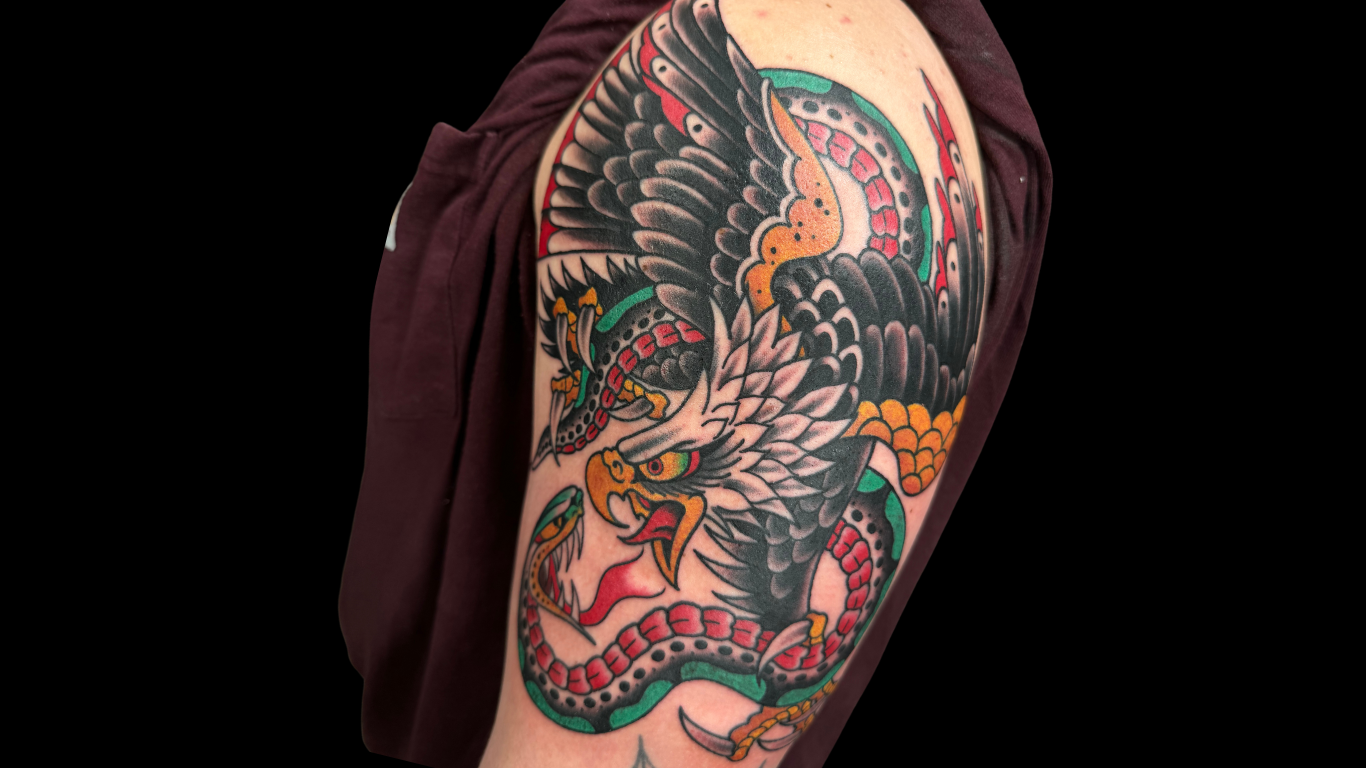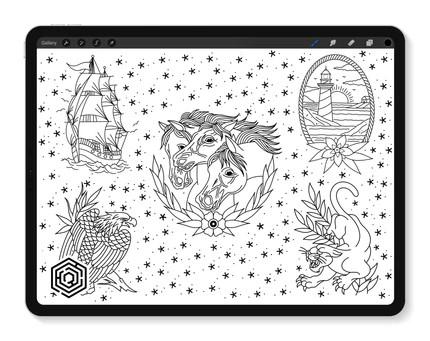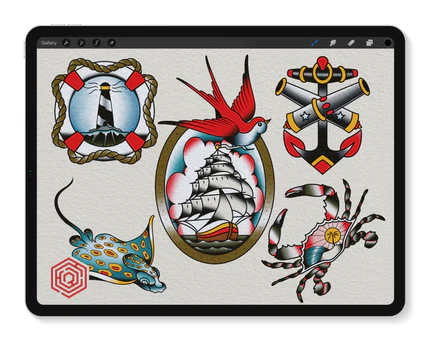Traditional patchwork sleeve by Dor Dlugatch.
Traditional tattoos, also known as American Traditional, have maintained a deep-rooted presence in the tattoo industry. Characterized by their bold lines, vivid colors, and iconic motifs, these tattoos have not only endured through history but have thrived over time, adapting subtly to the changing tastes of the tattoo community.
Origins of Traditional Tattoo Style
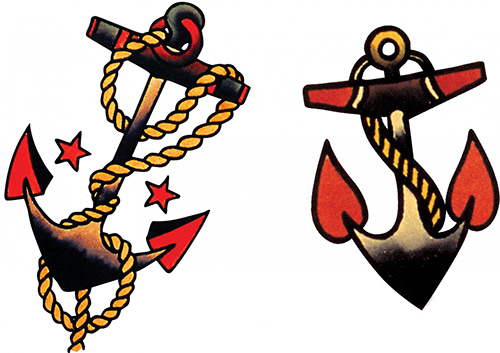
American traditional anchors by Sailor Jerry. Photo by Norman Collins.
Traditional tattoos find their origins in the early 20th century, largely popularized by sailors and those on the fringes of society. This style was influenced heavily by the legendary tattoo artist Norman Collins, known as Sailor Jerry. He introduced a distinct, bold style that incorporated symbols of patriotism, freedom, and the defiance of societal norms.
From fierce predatory animals and beautiful maidens to unyielding nautical symbols, each design is laden with meaning and steeped in tradition..
The Evolution of Traditional Tattooing
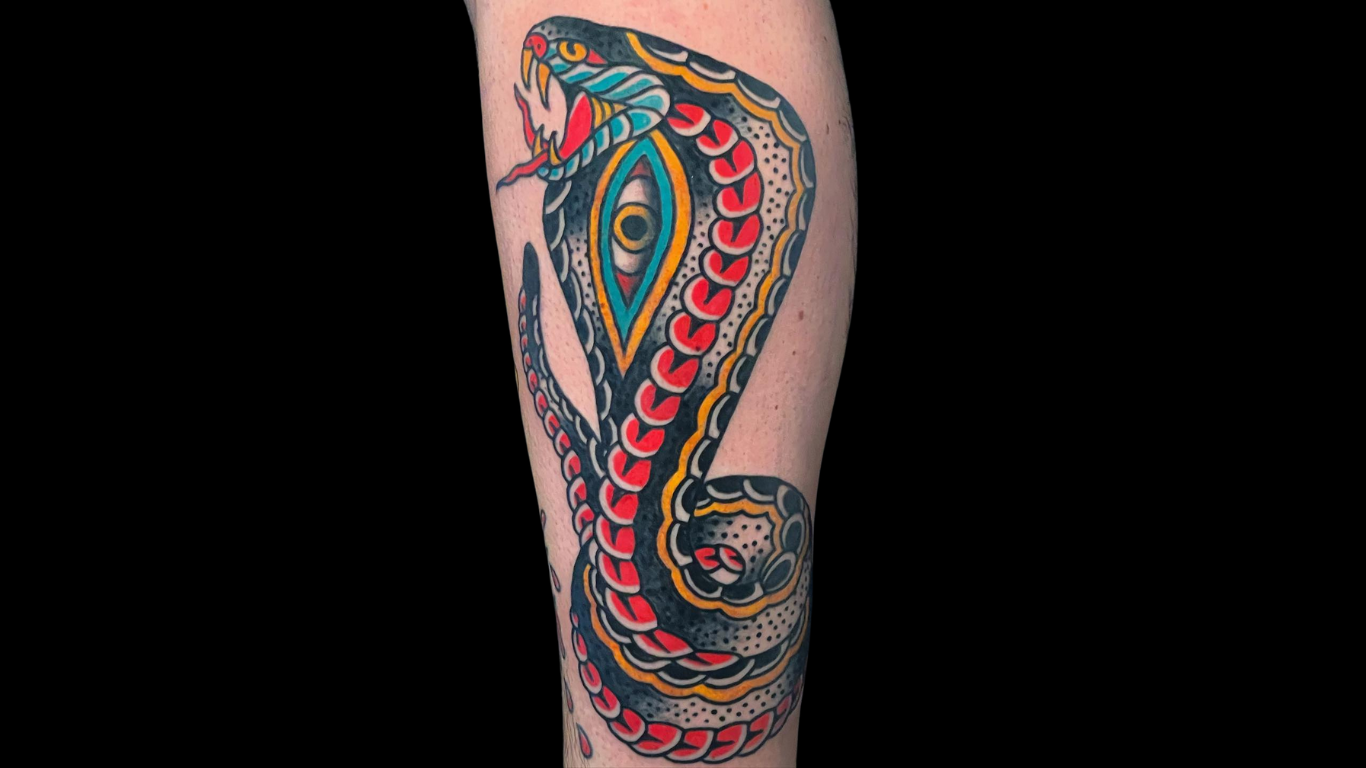
Traditional cobra tattoo by Dor Dlugatch.
Over the years, traditional tattooing has seen shifts in popularity but the practice has always held a steadfast appeal. The simplicity and clarity of the designs make them as appealing today as they were decades ago. Artists have preserved the core characteristics while infusing modern techniques and perspectives into their works, ensuring that each piece remains vibrant and relevant.

Traditional eagle and snake half sleeve by Craig Brock.
The evolution of traditional tattooing is not just about preserving the past; it's about taking the essence of what made these designs timeless and enhancing them with today’s technology. The Dor #1: Traditional American collection is a testament to this process, offering tools that help artists continue to bring a historical art form into the future with precision and creativity.
For help integrating intricate filler patterns and classic motifs into traditional tattoos, discover our collection of modern tools designed by Craig Brock, the Stars & Dots Traditional Vol. 1 set.
Symbolism and Meaning in Traditional Tattoos
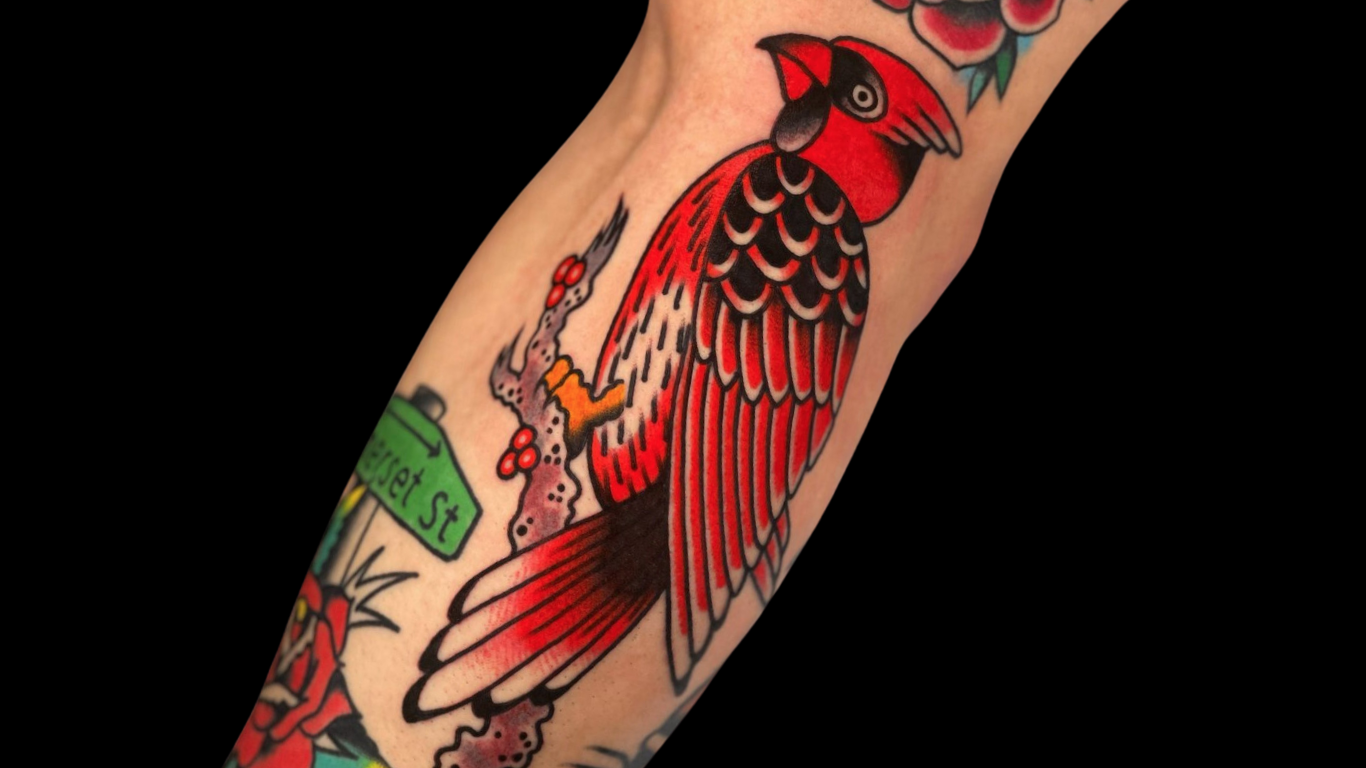
Traditional cardinal tattoo by Jeff Miller.
Every motif, every color choice in traditional tattoos carries hidden symbolism. The nautical stars represent guidance and protection for sailors, the fierce tigers denote strength and ferocity, and the delicate roses stand for beauty and love, often accompanied by the sharp contrast of thorns symbolizing pain and loss.
For more on symbolic designs, check out our Maritime Vol. 1 collection, which dives deep into classic nautical imagery.
Popular Designs and Styles in Traditional Tattoos
Eagle Tattoos: Eagles are a symbol of strength, freedom, and America’s pride, frequently featured striking poses. Traditional eagle and snake tattoo by Dor Dlugatch.
Traditional eagle and snake tattoo by Dor Dlugatch.
Rose Tattoos: Often paired with other elements, roses symbolize beauty and balance, enduring as one of the most popular choices in traditional designs.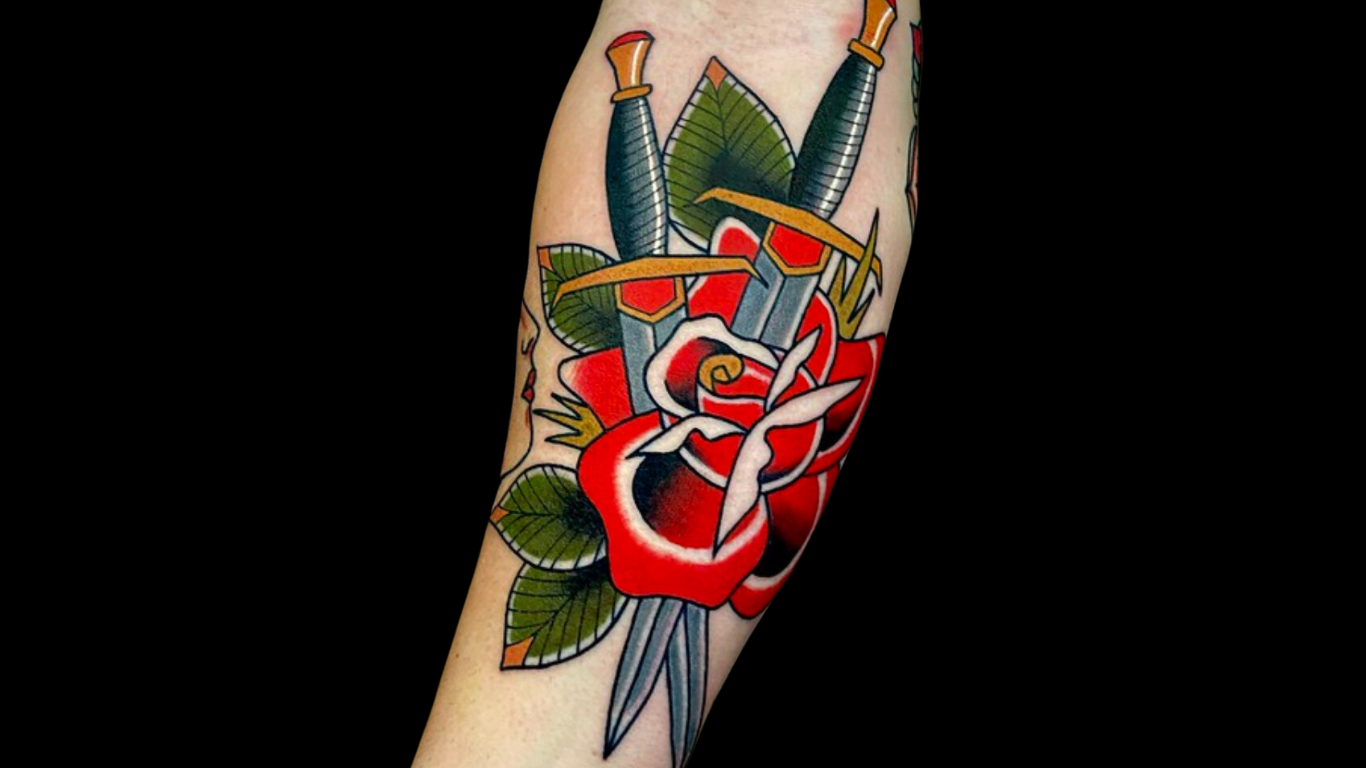 Traditional rose and daggers tattoo by Myke Chambers.
Traditional rose and daggers tattoo by Myke Chambers.
Skull Tattoos: Symbolizing mortality and the fleeting nature of life, skulls are a stark reminder of one’s own existence and the mysteries beyond.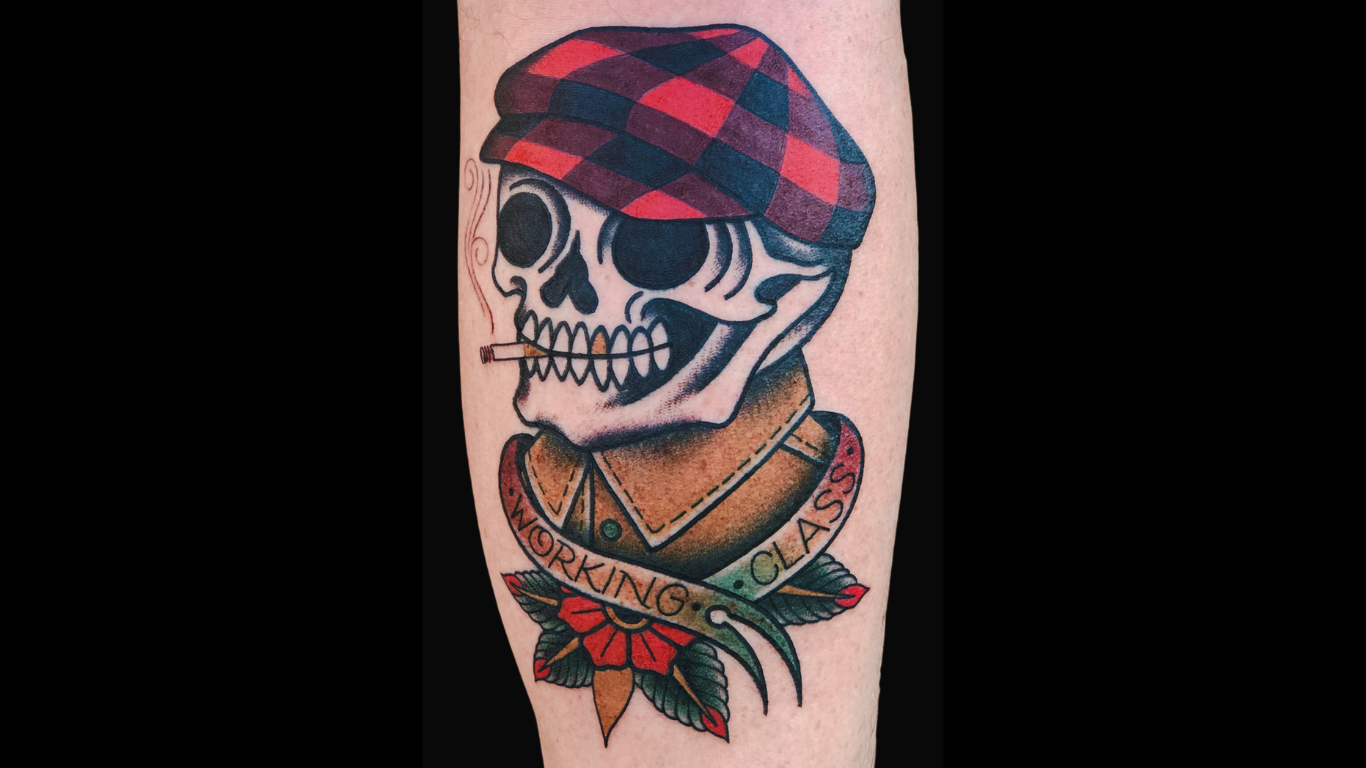 Traditional skull tattoo by Craig Brock.
Traditional skull tattoo by Craig Brock.
Anchor Tattoos: Anchors are a classic representation of stability and a strong foundation, often linked to a sailor's end of a long journey.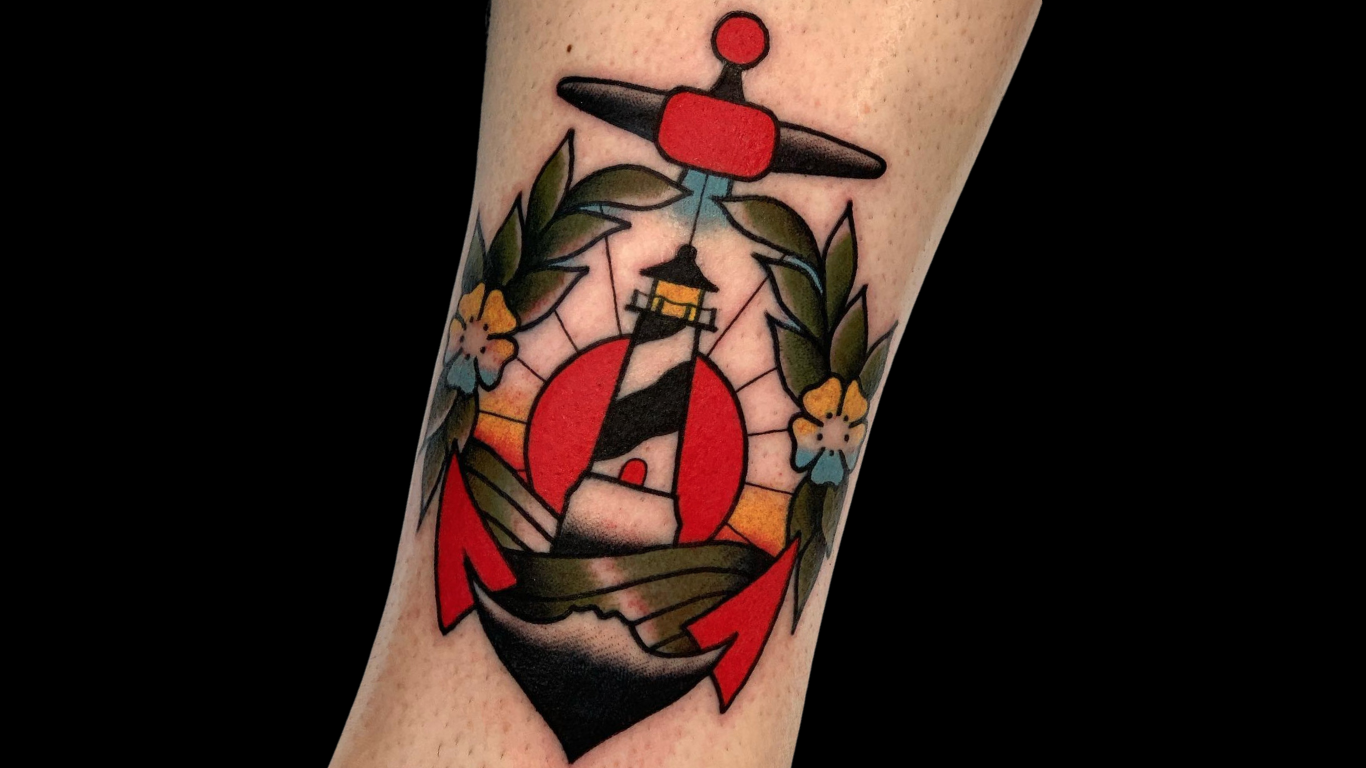
Traditional anchor and lighthouse by Jeff Miller.
Explore detailed stencils for crafting classic designs with Traditional Bangers by Jordan Brill!

Frequently Asked Questions: Traditional Tattoos
What defines a traditional tattoo?
Traditional tattoos are known for their bold black outlines, solid fields of red, green, yellow, and blue, with little to no shading and a distinctive use of symbols and imagery.
What does a traditional tattoo symbolize?
The symbolism can vary widely depending on the imagery used. Generally, these tattoos often carry meanings of bravery, adventure, and the defiance of conventional norms.
Can tattoos be customized while sticking to tradition?
Absolutely. While traditional tattoos adhere to certain stylistic guidelines, they can be personalized to reflect individual stories and meanings.
